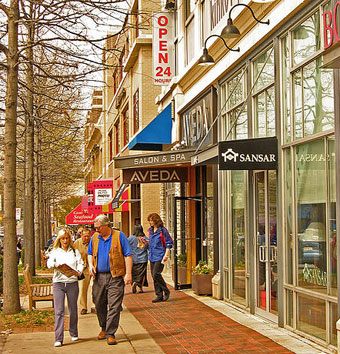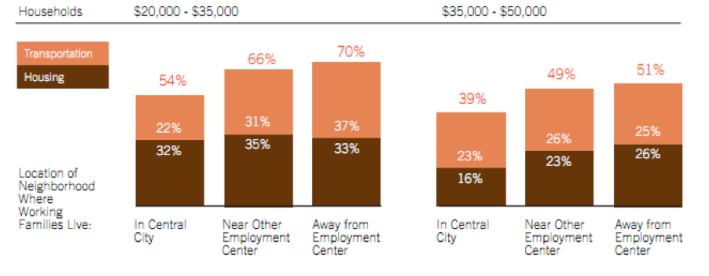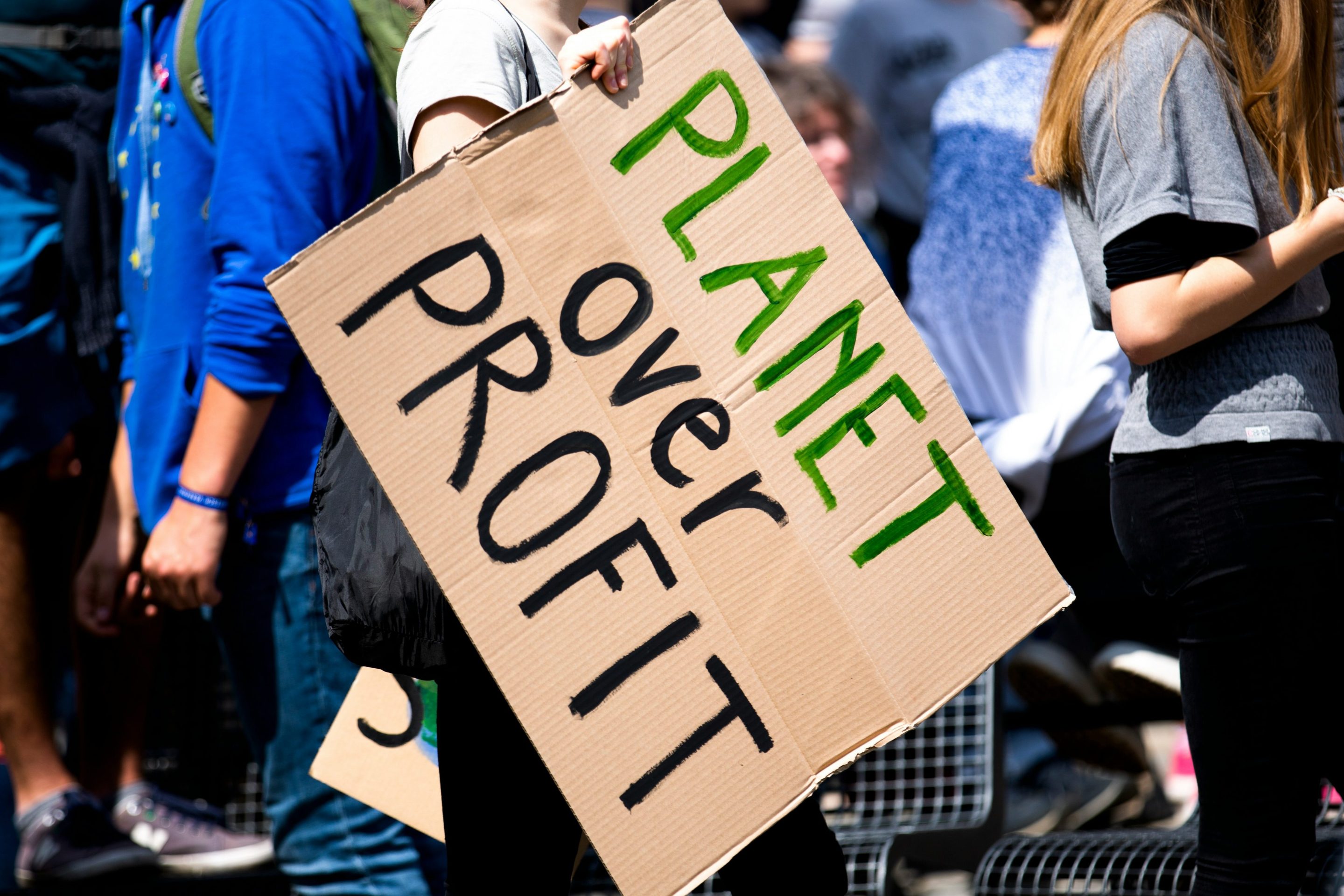Just when you may have been looking for ways to counter that Pew report which poo-pooed the environmental impacts of transit and smart growth, here’s more evidence that reducing driving has an essential role to play in meeting economic and environmental goals: A new report from the Center for Clean Air Policy concludes that compact development will build wealth and cut carbon emissions.

"Growing Wealthier: Smart Growth, Climate Change, and Prosperity" starts with the simple assertion that accessibility – “bringing origins and destinations closer together” – is, after all, “the very reason that cities exist.”
“You want to have your choices nearby so you can meet your daily needs as efficiently as possible,” said report author Steve Winkelman.
By separating residential areas, commercial services, and places of employment, suburban planning requires that people travel long distances to meet their needs. All those miles used to be viewed as a measure of economic progress.
“[Vehicle Miles Traveled] and GDP have grown concurrently since World War II and in lock step for much of that time,” the report states. But around 1996, GDP began growing faster than VMT, and, according to the U.S. Chamber of Commerce, "the importance of travel as a component of the U.S. economy has been declining since the early 1990s."
Indeed, CCAP's research shows that states with lower VMT per capita tend to have higher GDP per capita.
Excessive travel is more likely to be an economic detriment than a benefit. Ironically, GDP counts as economic productivity many of the counterproductive aspects of motorized travel, such as fuel consumed waiting in traffic jams, oil spills, vehicle repairs and medical treatment resulting from collisions, costs of air pollution, and defense operations to protect U.S. petroleum interests around the world. In fact, many costs of sprawling land use patterns (particularly increased infrastructure) themselves boost GDP figures.
The authors also urge us to distinguish between economically productive travel and what they call “empty miles.” It’s like differentiating between empty calories and nutrition.
“A lot of driving that most people are doing nowadays is not helping them economically,” said report author Chuck Kooshian. “Although the VMT has been going up per capita, as we’re making trips to the grocery store five miles to get some milk, and we’re taking the kids out driving to go trick-or-treating, and driving to the park to walk our dog, this is not helping the average household economically. It might be helping the Saudis.”

Economic benefits from walkable, bikable neighborhoods aren't calculated by GDP alone. They're also calculated in the drop in health care costs when people get more exercise. The authors cite a study in Seattle, where researchers found that with every five percent increase in the overall level of walkability, there was a 32 percent increase in walking or biking, and Body Mass Index was reduced.
Not to mention the economic impact of the real estate boom in compact urban areas, relative to the suburbs. The authors say that in Denver, homes within a half-mile of stations on the Southeast light rail line rose in value an average of 17.6 percent between 2006 and 2008, while home values in the rest of Denver declined by an average 7.5 percent.
Will driving 2.93 trillion miles again next year help us become healthier and wealthier? Not likely.
The CCAP report focuses largely on economic benefits of compact development, but it also addresses climate change – and comes to the opposite conclusions that Pew came to in its report touting clean car technology as the only viable avenue toward carbon reduction.
If the U.S. is to meet the goal of reducing emissions by 80 percent by 2050, CCAP says clean car technologies like those lauded in the Pew report won’t be sufficient. Public transportation can help: mass transit produces, according to a study by APTA, about 45 percent less carbon dioxide per passenger mile than travel by private vehicles. But in the end, we have to give people the option to drive less. And not even that much less: “The actual drop in miles driven per person that is required is relatively modest: We calculate that a 9 percent reduction in per capita VMT (roughly equivalent to each person driving 2.5 miles less per day) will be sufficient.”





